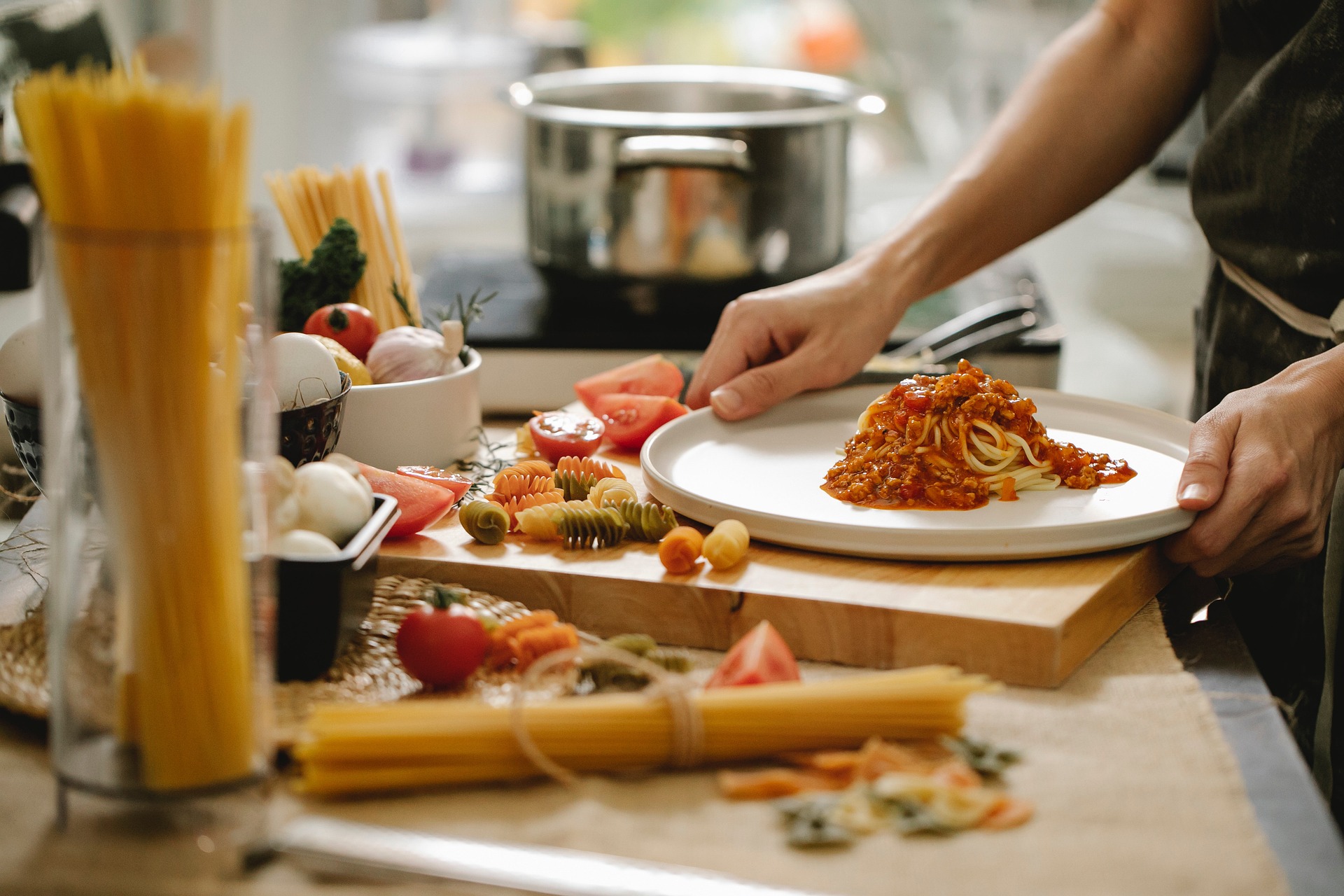Diving into the Art of Artisanal Cheese Making
Cheese, a beloved food staple across the globe, has a timeless allure. Its taste, texture, and aroma vary widely, reflecting the creativity and craft of cheese makers. Let's take you on a journey into the world of artisanal cheese making, exploring its historical roots, the science behind it, and the emerging trends that are shaping this fascinating industry.

A Brief History of Cheese Making
Cheese making dates back over 7,500 years, with evidence of its existence found in ancient Mesopotamia. This craft was originally a means of preserving milk. Over time, different cultures developed their own unique cheese-making techniques, leading to the vast variety of cheeses we have today.
The Science Behind the Curds
Cheese making is a delicate science. It involves fermenting milk with specific bacteria to produce lactic acid. This process thickens the milk, separating it into curds and whey. The curds, solid masses of protein and fat, are then pressed and aged to form cheese.
Artisanal Vs. Industrial Cheese
Artisanal cheese makers take a hands-on approach, prioritizing quality over quantity. Unlike industrial cheese, artisanal cheese is often made with milk from a single herd and is crafted in small batches. This approach allows for a greater depth of flavor and complexity.
Emerging Trends in Artisanal Cheese Making
Innovation is reshaping the artisanal cheese industry. Some cheese makers are experimenting with non-dairy alternatives, creating vegan cheeses that mimic the flavors of traditional dairy cheeses. Others are exploring the use of local and seasonal ingredients to create unique flavor profiles.
The Role of Terroir in Cheese Making
Terroir, a term often used in the wine industry, refers to how a region’s climate, soil, and topography influence the taste of its produce. In cheese making, terroir plays a critical role. The diet of the dairy animals, the local flora that influences the milk’s microbial content, all contribute to the unique flavor of each cheese.
Interesting Cheese Facts and Tips
-
The holes in Swiss cheese are caused by carbon dioxide bubbles, a byproduct of the fermentation process.
-
The color of cheese depends on the diet of the dairy animals. Grass-fed cows, for instance, produce milk with a yellowish tint due to the high beta-carotene content in grass.
-
Storing cheese correctly is vital to maintain its flavor. It’s best to wrap cheese in wax paper and store it in a cool, humid environment.
In conclusion, the world of artisanal cheese making is a fascinating blend of tradition, science, and creativity. As we continue to explore and innovate, the possibilities for new flavors, textures, and techniques are endless. So, the next time you savor a piece of artisanal cheese, take a moment to appreciate the craft and history behind every bite.




